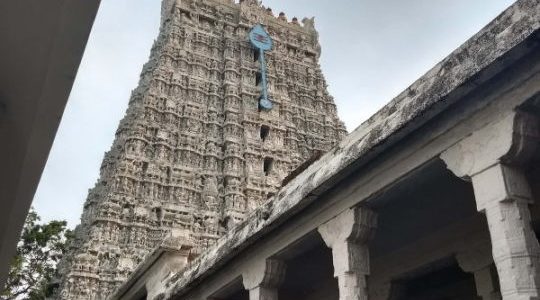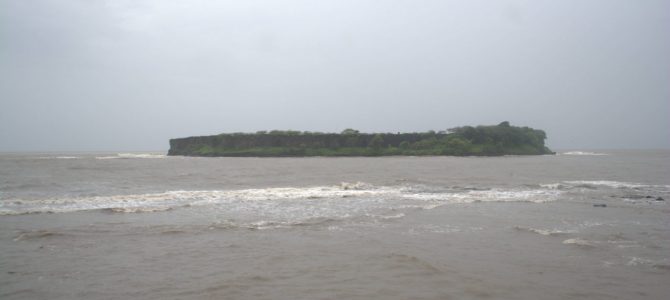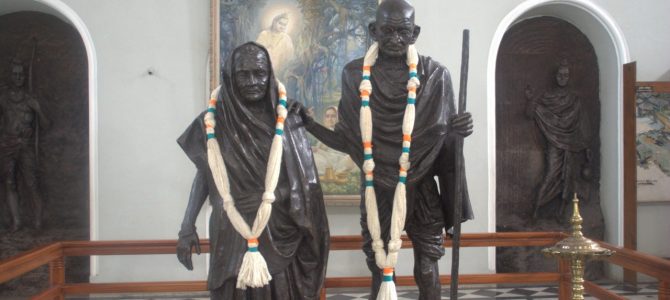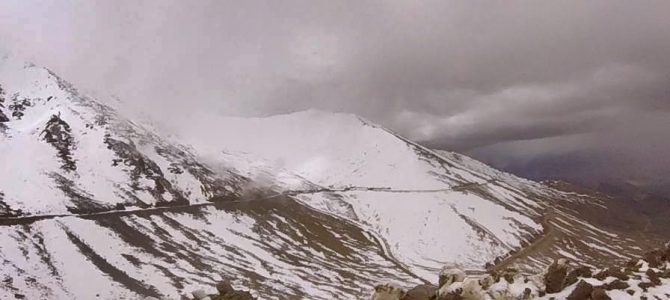Lord Karthikeya, known in Tamil language as Murugan, holds a special place in the heart of the Hindu natives of Tamil Nadu. In fact, it is the only state where we have observed really high importance given to the second child of Lord Shiva. In most other states, Lord Ganesha is held in high regard while Karthikeya gets a small sanctum somewhere in a corner shrine in major temples. In fact, so important is Lord Murugan to Tamil Nadu that they have the concept of Arupadai Veedu, or the six abodes of the Lord. This is comparable to Maharashtra’s Ashtavinayak, the Char Dham of Uttarakhand and the Shaktipeeths across India.
The Arupadai Veedu concept appears in literary works of Tamil poets and story writers who were staunch devotees of Lord Murugan. A good example is Arunagirinaathar’s work Thiruppugazh and Nakkeerar’s work Thirumurugaatrupadai. Both names are quite a mouthful for our non-Tamil readers. So let’s make this post easier and go on a tour of the six major Murugan temples around Tamil Nadu. Continue reading






